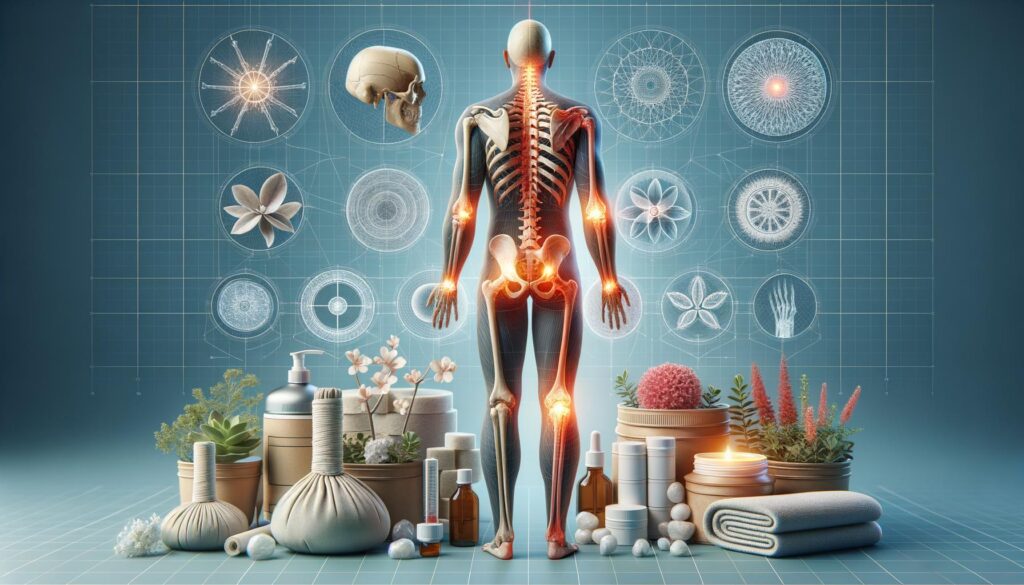Effective Ways to Reduce Joint Pain Naturally

Understanding Joint Pain
Joint pain is a common issue that affects people of all ages, hindering mobility and causing significant discomfort. It can result from various factors such as arthritis, injury, or inflammation. Understanding its underlying causes is essential for managing and alleviating the symptoms effectively. Identifying whether the pain stems from an acute condition like a sprain or a chronic ailment such as osteoarthritis can guide appropriate treatment methods. It is crucial for individuals to consult with healthcare providers to accurately diagnose the root causes and develop a tailored strategy for relief. Early detection and proper management can prevent further deterioration and enhance joint function.
Lifestyle Changes for Joint Pain Relief
Adopting certain lifestyle changes can play a significant role in reducing joint pain. Regular physical activity, for instance, is vital in maintaining joint flexibility and strengthening muscles that support the joints. Low-impact exercises like swimming, biking, and yoga are particularly effective as they minimize additional stress on the joints while enhancing overall fitness. Additionally, maintaining a healthy weight can reduce stress and pressure on weight-bearing joints, alleviating pain and slowing joint damage progression. A balanced diet rich in anti-inflammatory foods like fruits, vegetables, nuts, and fish can further support joint health by decreasing inflammation levels in the body.
Exploring Natural Remedies
Incorporating natural remedies into one’s routine may also provide joint pain relief. Several herbal supplements, such as turmeric, ginger, and omega-3 fatty acids, are known for their anti-inflammatory properties and may help reduce discomfort. Practicing mindfulness techniques such as meditation and deep breathing can aid in managing stress and pain perception. Furthermore, applying heat or cold to affected areas can soothe sore muscles and joints, making movement more comfortable. Acupuncture and massage are additional complementary therapies that some individuals find beneficial for easing joint pain and promoting relaxation.
The Role of Physical Therapy
Engaging in physical therapy can be incredibly beneficial for individuals experiencing joint pain. Professional therapists can customize exercise programs that target specific areas, improving strength, flexibility, and range of motion. These tailored exercises not only work to alleviate pain but also prevent future injuries by enhancing joint stability. Therapists may also employ techniques such as manual therapy and ultrasound to reduce pain and swelling. Committing to a physical therapy regimen can lead to significant improvements in joint function and quality of life.
When to Seek Professional Help
While self-care techniques can be effective, there are times when professional medical intervention is necessary. Persistent or worsening joint pain that affects daily activities or fails to improve with home treatments should be evaluated by a healthcare provider. Conditions such as rheumatoid arthritis or severe osteoarthritis may require specialized medical treatments, including medications or surgical options. Regular check-ups allow for the monitoring of joint health and the timely adjustment of management strategies. Collaborating with healthcare professionals ensures comprehensive care and maximizes the potential for successful pain management.
Conclusion
Reducing joint pain involves a multifaceted approach that combines lifestyle changes, natural remedies, and professional guidance. By understanding the causes, implementing effective strategies, and seeking timely medical help, individuals can significantly alleviate discomfort and improve their quality of life. Taking proactive steps empowers people to manage their joint health proactively, ensuring they remain active and engaged in their daily activities.
